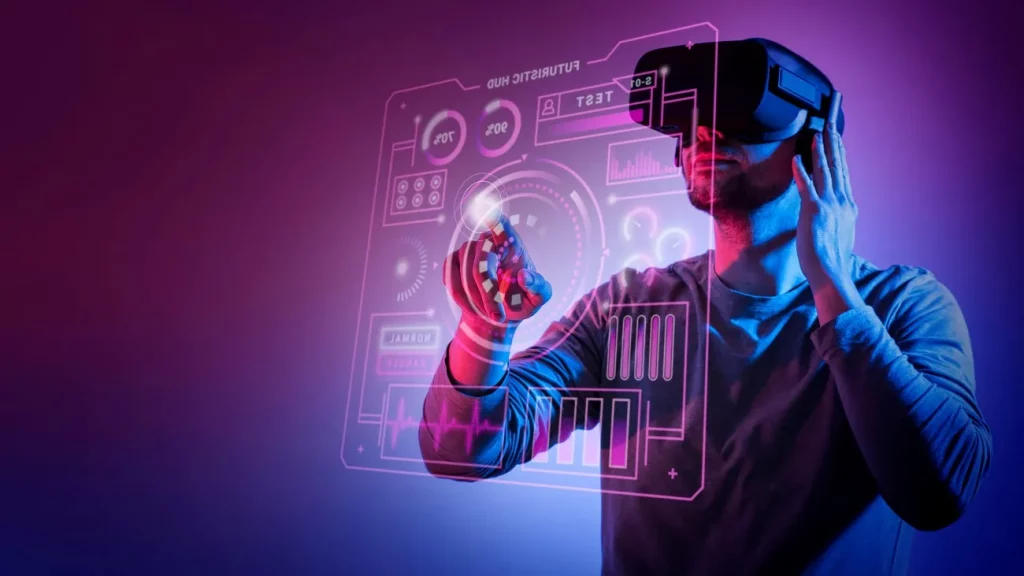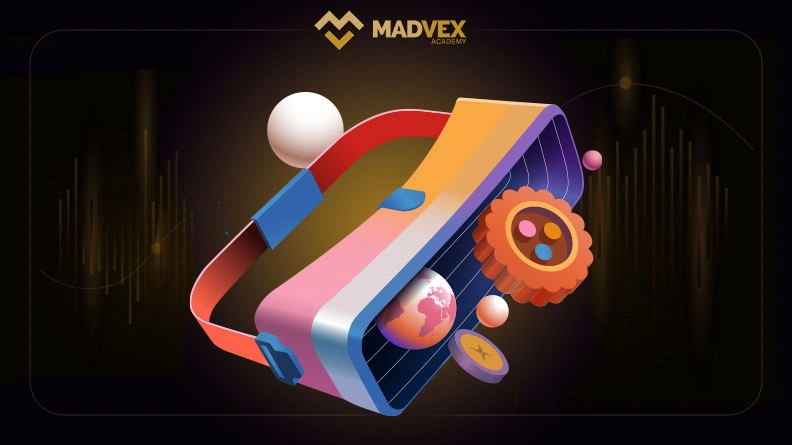Introduction
The term “metaverse” has been gaining popularity and curiosity across various sectors, indicating a shift towards more immersive digital experiences. This article explores what the metaverse is, how it functions, and its potential impact on our future.
What Is the Metaverse?
The metaverse is a collective virtual shared space, created by the convergence of virtually enhanced physical reality and physically persistent virtual spaces, including the sum of all virtual worlds, augmented reality, and the Internet. The idea is to create a space where users can interact, work, and play beyond what traditional physical and digital platforms offer today.
Historical Context and Evolution
The concept of the metaverse was first coined in Neal Stephenson’s 1992 science fiction novel “Snow Crash,” where humans, as avatars, interacted with each other and software agents in a three-dimensional virtual space that mirrors the real world. This idea has evolved from a fictional concept into a potential future platform for the next generation of digital interaction.

Technologies Driving the Metaverse
Virtual Reality (VR) and Augmented Reality (AR)
VR and AR are at the forefront of creating immersive experiences in the metaverse. VR immerses users in a fully artificial digital environment, while AR overlays digital information onto the real world.
Blockchain
Blockchain technology offers a way to have secure, decentralized ownership of digital assets in the metaverse. Cryptocurrencies and non-fungible tokens (NFTs) play significant roles in enabling economic transactions within this virtual space.
Artificial Intelligence (AI)
AI enhances the metaverse by creating more realistic and interactive avatars and environments. It helps in managing complex user interactions and automating the digital landscape’s maintenance.

Potential Applications of the Metaverse
Education and Training
The metaverse provides an immersive environment for education and training, allowing individuals to practice skills in lifelike scenarios without the real-world risks or resources.
Entertainment
Gaming industries are pioneers in the metaverse space, offering virtual realities where players can live alternate lives. Beyond gaming, it extends to concerts, sports, and other forms of entertainment that can be more interactive and engaging.
Business and Work
The metaverse could revolutionize remote work by creating a space that simulates being in an office with colleagues, facilitating a better collaborative environment than current video technology.
Social Interactions
Virtual social interactions in the metaverse can transcend physical and geographical limitations, allowing people to meet and interact in ways that mimic real life.

Concerns and Considerations
While the Metaverse offers exciting possibilities, it also raises concerns about privacy, security, and ethical considerations. This section discusses the potential challenges and issues that need to be addressed as the Metaverse continues to evolve.
Privacy and Security in the Metaverse
Protecting user data and ensuring privacy and security are crucial aspects of the Metaverse. This section explores how user data is handled in the Metaverse and the measures that can be taken to safeguard user information and prevent security breaches.
Ethical Considerations
Issues like cyberbullying, harassment, and digital ethics are important considerations in the Metaverse. This section discusses the ethical implications of the Metaverse and the importance of creating a safe and inclusive virtual environment for all users.
Conclusion
The Future of the Metaverse In conclusion, the Metaverse is a transformative concept that is reshaping the way we interact with technology and each other. By exploring its immersive nature, potential impact on industries, and key considerations, we can better understand the role of the Metaverse in shaping the digital future.



